PROSTATE CANCER RISK FACTOR SURPRISE FIND
Hair loss halves prostate cancer risk, says study
Here’s some good news for bald men at last — hair loss almost halves the risk of developing prostate cancer, says a new study.
An international team found that men who start going bald at a young age are up to 45%less likely to fall victim to prostate cancer later in life. Although half of all men suffer significant hair loss by the age of 50, scientists linked high levels of testosterone in those who go bald earlier to a lower risk of tumours.
For their study, the scientists analysed 2,000 men aged between 40 and 47, half of whom had suffered prostate cancer. The team compared the rate of tumours in those who remembered their hair thinning by the age of 30 with those who didn’t suffer hair loss. Men who started developing bald spots on top of their heads as well as receding hairlines had the least risk of cancer, the findings revealed.
Most baldness is caused when hair follicles, the tiny sacs in the scalp from which hair grows, become exposed to too much dihydrotestosterone, or DHT. This is a chemical produced by the male hormone testosterone.
Those diagnosed with prostate cancer are often given drugs to reduce testosterone levels because the hormone can accelerate the growth of some tumours once they develop. But this research suggests being exposed to high testosterone levels from a young age might protect against the disease.
At first, the findings were surprising. But we found that early onset baldness was associated with a 29 per cent to 45 per cent reduction in their relative risk of prostate cancer,
said team leader Prof Jonathan Wright of University of Washington School of Medicine in Seattle.
Experts have welcomed the findings. Helen Rippon of The Prostate Cancer Charity, said:
If these results are correct, they could be useful in providing with greater understanding of how testosterone behaves in the body and how it can affect different tissues.
Prostate Cancer Risk in Having Family
Studies state that fathers are 16 per cent more likely to develop prostate cancer than childless men
You can jolly well get married but just give a second thought before you plan to have a child as it might put you at a greater risk of developing prostate cancer later in life.
According to a study by researchers in Europe, fathers are 16 per cent more likely to develop prostate cancer than childless men —
There’s something in the lifestyle of the latter group which protects them.
The researchers came to the conclusion after analysing the health records of more than a million men in the north European nation, the reports said.
However, the same study has found that having a large family appears to reduce the risk.
Fathers with six or more children are 43 per cent less likely to get prostate cancer later in life, than those with just one or two.
“This might reflect the fact that men who are able to have lots of children have healthier prostates,” researcher Morten Frisch of the Statens Serum Institute in Denmark was quoted as saying.
However, the study seems to have baffled other leading researchers in this field.
According to Chris Hiley of the Prostate Cancer Charity in Britain,
This is a bemusing piece of research from the Danes. It is difficult to envisage translating the results into any useful advice to give men keen to reduce their risk of prostate cancer.
Going Bald at 20 Doubles Risk of Prostate Cancer
A study showing that men who start to go bald at 20 may be more likely to develop prostate cancer in later life suggests they might benefit from early screening or preventative therapy, scientists said on Tuesday.
French researchers compared 388 men being treated for prostate cancer with 281 healthy men and found that those with the disease were twice as likely as the healthy men to have started losing their hair when they were 20.
If the men only started going bald when they were 30 or 40, there was no difference in their risk of developing prostate cancer compared to the healthy group.
At present there is no hard evidence to show any benefit from screening the general population for prostate cancer. We need a way of identifying those men who are at high risk,
said Philippe Giraud of Paris Descartes University, who led the study.
Balding at the age of 20 may be one of these easily identifiable risk factors and more work needs to be done now to confirm this,
he said in a statement. Giraud, whose findings were published in the cancer journal Annals of Oncology, said men identified as at higher risk of prostate cancer could be selected for earlier screening, or for chemoprevention therapy using socalled anti-androgenic drugs like Merck’s Proscar, or finasteride. Finasteride is used to treat both prostate enlargement symptoms and baldness. It blocks the conversion of testosterone to an androgen hormone called dihydrotestosterone, which is thought to cause hair loss.
Men with longer index fingers at lower risk of Prostate Cancer
Paris: Men whose index fingers are longer than their ring, or fourth, fingers run a significantly lower risk of prostate cancer, according to a study published in the British Journal of Cancer.
The chances of developing the disease drop by a third, and even more in younger men, the study found. “Our results show that relative finger length could be used as a simple test for prostate cancer risk, particularly in men aged under 60,” said Ros Eeles, a professor at the Institute of Cancer Research in Britain and co-author of the study.
Finger pattern could help identify which men should undergo regular screening, especially in combination with genetic testing or other risk factors such as a family history of the disease, she said. From 1994 to 2009, Eeles and colleagues questioned more than 1,500 prostate cancer patients in Britain, along with 3,000 healthy control cases.
For more than half the men, the index was shorter than the ring finger. Compared to this group, men whose index and ring fingers were the same length — 19% of the cohort — had a similar prostate cancer risk. But when the index finger was longer, the risk of developing the disease dropped by 33%. Men under 60 were 87% less likely to be in the cancer group.
The relative length of the two fingers in question — set before birth — appears to be a marker of different levels of sex hormones to which a baby is exposed in the womb, with less testosterone correlating with a longer index finger.
Earlier research has shown that testosterone promotes the growth of prostate cancer. Underlying the unexpected connection between digits and cancer are two genes, HOXA and HOXD, that control both finger length and the development of sex organs
Drinking too much Milk ups Prostate Cancer Risk
Excessive milk consumption can increase the risk of prostate cancer, researchers have found.
A Canadian research, published in the Prostate journal, found that men who drank four 200 ml glasses of milk had double the risk of the disease, reports dailymail.co.uk. Milk contains cow hormones, including insulin-like Growth Factor 1 (IGF-1). These encourage growth and may help to feed prostate cancer and perhaps, to a lesser extent, ovarian cancer.
Experts from University College London have suggested that a few thousand years ago people avoided milk because it led to gastric pain and upset stomachs. This is because Europeans lacked the gene to produce the enzyme lactase, which breaks down the milk sugar lactose.
However, Walter Willett, chairman of nutrition at the Harvard School of Public Health, says that
Many studies have shown a link between high milk intake and risk of metastatic prostate cancer, explained by the fact that high intake increases blood levels of the IGF-1 growth-promoting hormone
But no danger from coffee:
Men can enjoy a cup of coffee without worrying about prostate cancer as experts from South Korea’s National Cancer Center found in a meta-study of 12 previous research that coffee doesn’t raise the risk of cancer of the gland.
Excessive Multivitamin use Could Increase Prostate Cancer Risk
Men need to be cautious about taking multivitamins more than once a day, for a new study has found doing so may increase the risk of prostrate cancer. The researchers conducting the study also found that though there was no link between multivitamin use and the risk of developing localised prostate cancer, men who took multivitamins more than once a day were 32 per cent more likely to develop advanced prostate cancer.
They also found that such men were 98 per cent more likely to die from the disease. However, the researchers warn that the study had its limitations. They pointed out that it was not designed to determine whether multivitamins actually caused cancer; it did not ascertain which multivitamins were taken; and the results failed to establish a relationship between dose and response.
Moreover, other studies have shown no connection between prostate cancer and multivitamins. Harvard Men’s Health Watch, which published the study, suggests that a good diet and other lifestyle changes may help lower prostate cancer risk.
The publication also suggests that though the new study cautions against excessive multivitamin use, it does not show harm from a daily supplement that sticks to the recommended daily amounts of the standard vitamins.
Asthma inhalers increase risk of prostate cancer
London: A new study has found that drugs used by thousands of men to treat asthma may increase the risk of prostate cancer.
The study, conducted by a team of scientists in Melbourne, Australia, has shown that men who regularly take inhaled steroids to keep their asthma under control are almost 40% more likely than men without asthma to develop a tumour.
Those who regularly use another type of inhaler —a bronchodilator — to relieve wheezing are 36% more at risk of the disease.
But the biggest danger appears to be among men with severe asthma who frequently need treatment with steroid tablets or injections.
According to the study, among this group, the risk of cancer increases by up to 70%, reports the Daily Mail. Cancer experts, however, stressed findings were preliminary, from a small study, and needed to be confirmed by much bigger studies before any change in asthma drug use could be considered.
The results have been published in the journal Cancer Epidemiology, Biomarkers and Prevention.

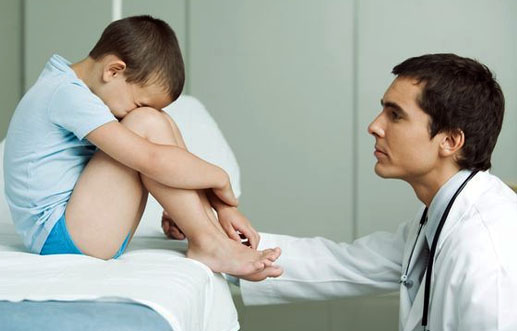
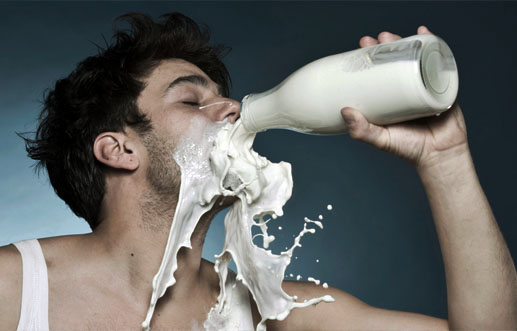
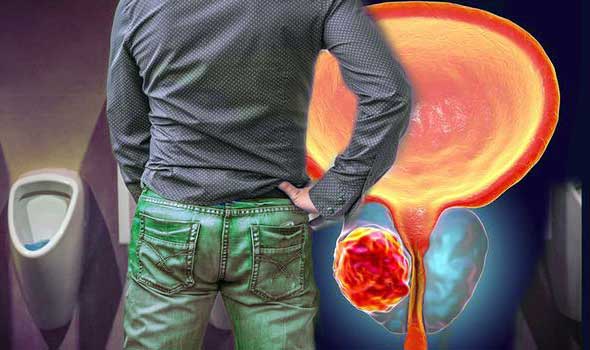
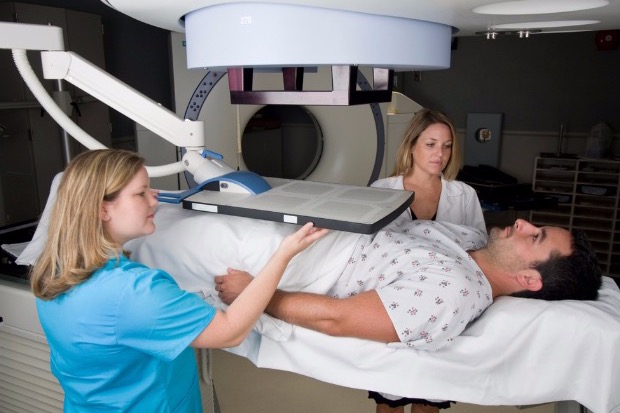
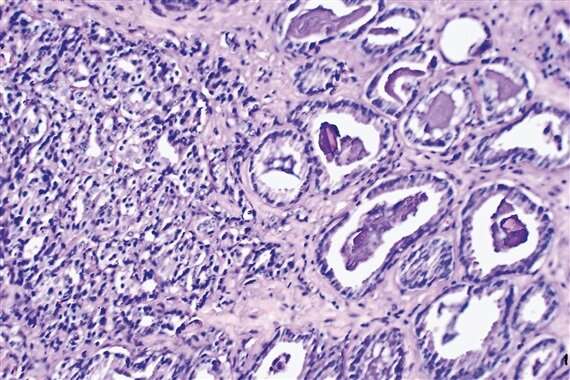
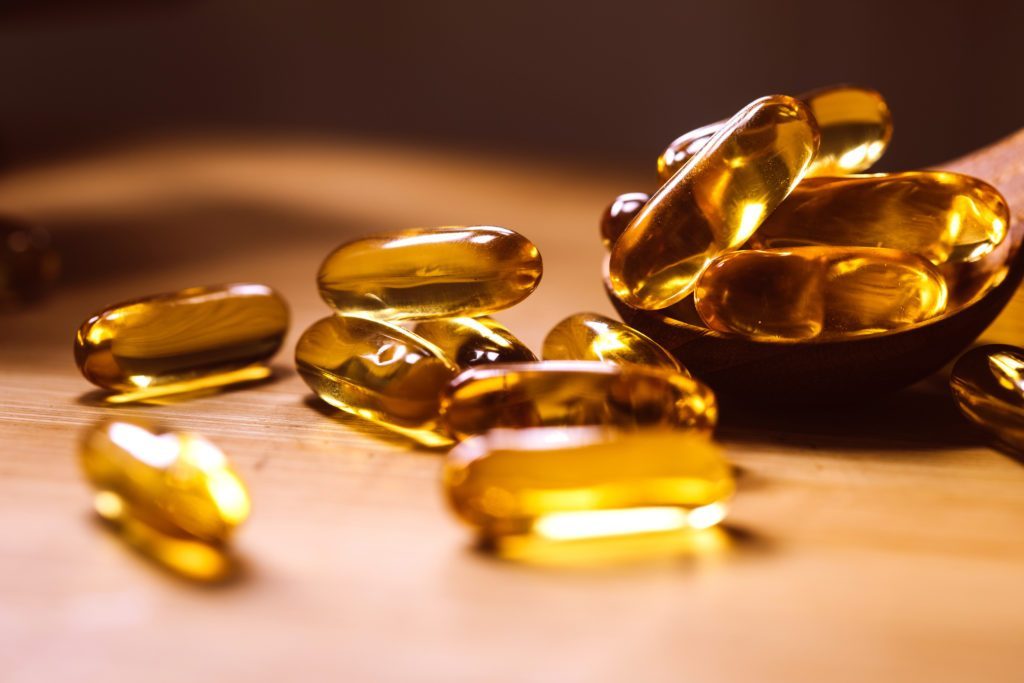
I’ve been surfing online greater than three hours lately, yet I
by no means discovered any interesting article like yours.
It is pretty price enough for me. In my view, if
all web owners and bloggers made excellent content as you
did, the internet will likely be a lot more useful than ever before.